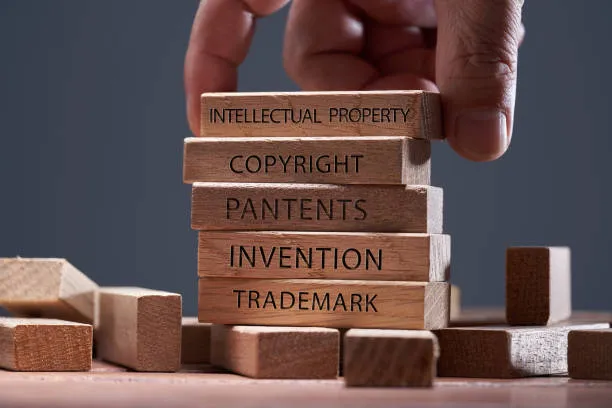Season greetings everyone,
Today, I'm going to be doing Justice on how we can protect our intellectual property, and I will love us to know what intellectual property is all about.
In a simple and unique terms, Intellectual properties are the basic or fundamental right that individual needs and it's essential for society creativity.
This concept encompasses a very wide range of impalpable assets, such as literary, inventions, and different work from the artistic domain, designs, symbols, names, and images used in commerce. In the digital era, however, intellectual property rights are increasingly being compromised due to the ease of copying and distributing digital content. This has led to a rise in intellectual property theft and infringement, posing a significant challenge for creators and innovators.
Protecting intellectual property in the digital era requires a multi-faceted approach that combines legal, technological, and educational measures. One of the key ways to protect intellectual property is through the use of intellectual property laws and regulations. These laws provide creators and innovators with legal recourse in case their intellectual property rights are infringed upon. By registering their intellectual property with the relevant authorities, creators can establish their ownership rights and enforce them against infringers.

Link
Another important aspect of protecting intellectual property in the digital era is the use of technological measures, such as digital rights management (DRM) systems. DRM technologies can help prevent unauthorized copying and distribution of digital content by encrypting it and controlling access to it. While DRM systems are not foolproof and can be circumvented by determined infringers, they can still serve as a deterrent and make it more difficult for unauthorized users to access and distribute copyrighted content.
Education also plays a crucial role in protecting intellectual property in the digital era. By raising awareness about the importance of intellectual property rights and the consequences of infringement, we can help foster a culture of respect for intellectual property among creators, consumers, and businesses. Educating creators about how to protect their intellectual property rights and enforce them effectively can also help reduce the incidence of intellectual property theft and infringement.
Despite these measures, intellectual property theft and infringement continue to be prevalent in the digital era. Creators and innovators often find themselves in a difficult position when their ideas are stolen or copied without their consent. In such cases, it is important to take prompt action to protect their intellectual property rights and seek redress for the infringement.
If you believe that your idea has been stolen, there are several steps you can take to protect your intellectual property rights and seek justice. The first step is to gather evidence of the theft, such as copies of the stolen work, emails or messages that show the theft occurred, and any other relevant information that can help establish your ownership of the idea.
Next, you should consider reaching out to the party that has stolen your idea and try to resolve the issue amicably. In some cases, the infringer may not be aware that they are infringing on your intellectual property rights and may be willing to rectify the situation once they are made aware of it. However, if the infringer refuses to cooperate or continues to infringe on your rights, you may need to take legal action to protect your intellectual properties.
Thank you for taking the time to read this. If you're interested in reading more, feel free to check out my blog using the link below. Also, consider joining the #aprilinleo prompt, which inspired this write-up.
Here is my link: https://inleo.io/signup?referral=miztajovial
Best regards,
@miztajovial
